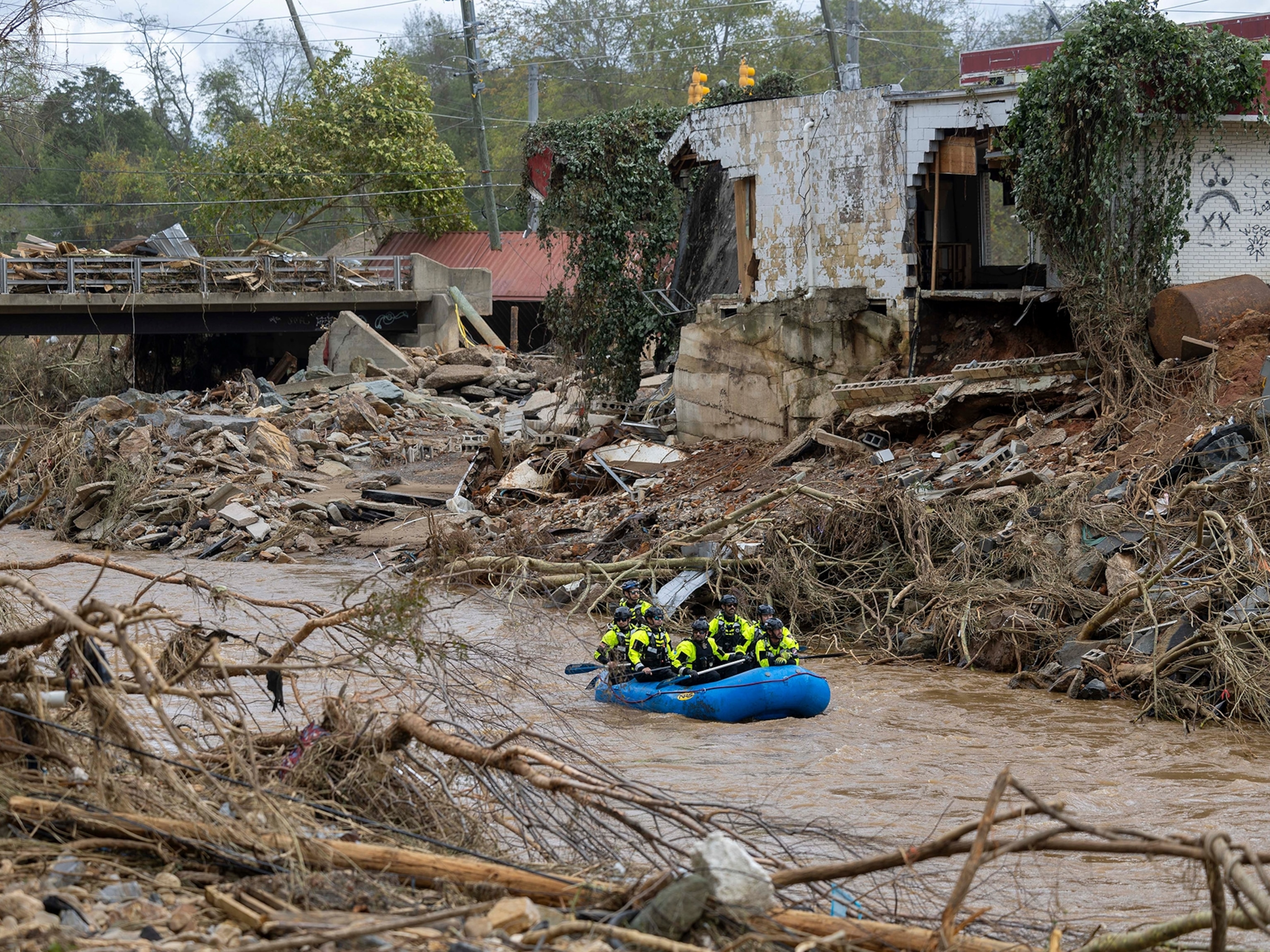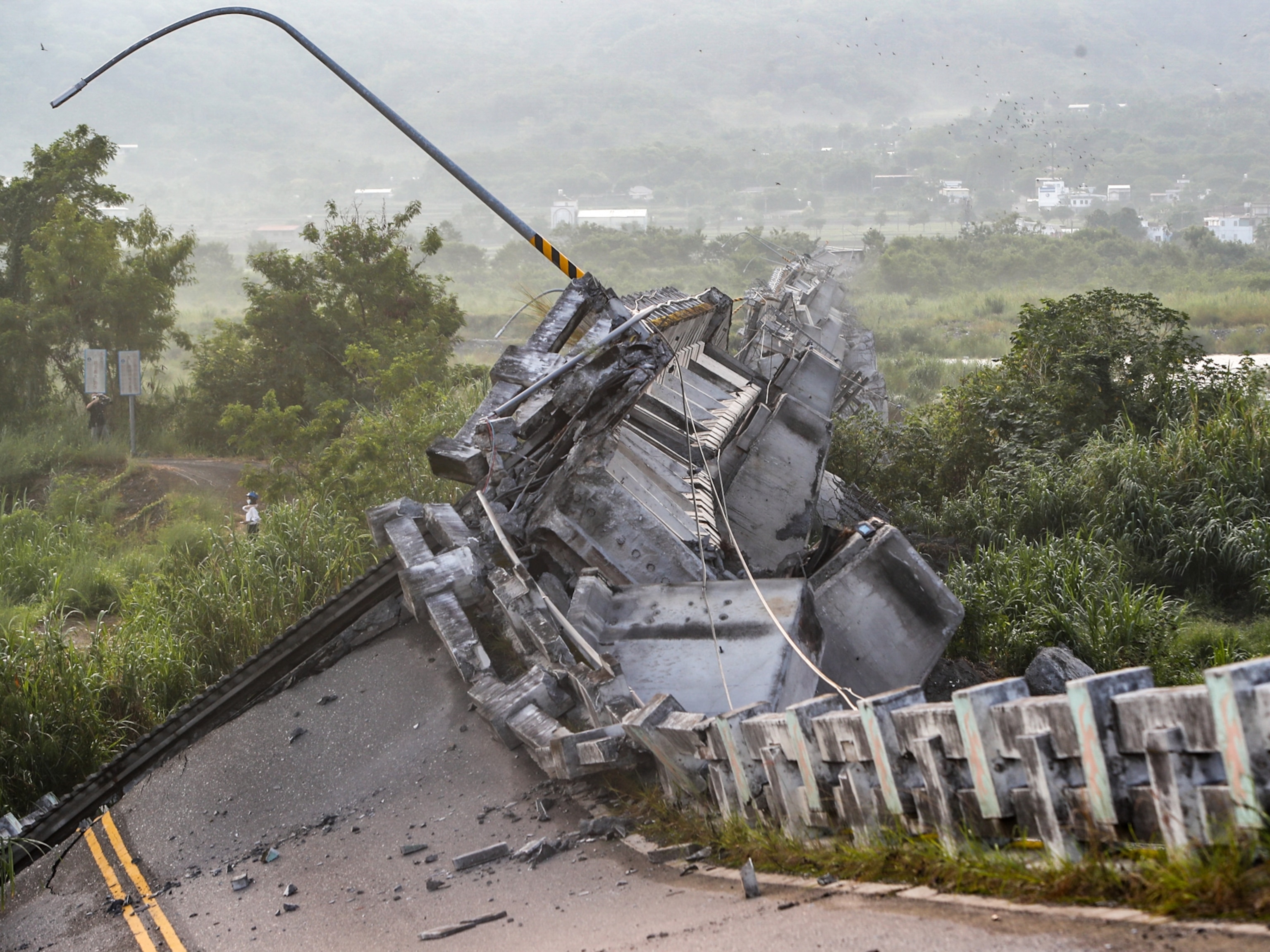Explaining the Deadly Sierra Leone Mudslide
Rainfall triggered a slide that had likely been building for weeks, but environmental damage may have made the destruction worse.
Every year, intense rains fall throughout Sierra Leone. In a dataset of annual precipitation by rainfall, Sierra Leone falls at number 12 globally. The Food and Agricultural Organization (FAO) of the United Nations (UN) estimated that the tiny West African country received over 2,500 mm of rain from 2013 to 2017.
And now the country has seen one of Africa's worst natural disasters in recent years. As of August 14, 400 people were presumed dead and 600 more were still missing.
Muddy water and debris continue to flow through the streets of Freetown, Sierra Leone's capital city, but much of the damage can be attributed to a massive mudslide that struck early Monday morning.
For a country so historically accustomed to heavy rainfall, the level of destruction prompts questions about what could have triggered the slide and what factors made it worse.
Why Are Mudslides Deadly?
Understanding how something like mud turns deadly can be difficult to imagine. (A mudslide tends to follow a river-like path, while a landslide typically refers to earthen debris falling down a slope.)
At the most basic level, landslides are triggered by gravity, but weather can accelerate and intensify the movement. When heavy rainfall falls after a dry period, the ground can become saturated with water. This region of Sierra Leone saw more rainfall than what is typically seen during this time of year, meaning the ground was likely oversaturated. As the ground oversaturates, the ground becomes waterlogged and loses friction. When the ground eventually gives way, mudslides can rapidly speed up and pick up heavy boulders and rocks capable of intense damage.
Slides are also triggered by melting snow or permafrost, and earthquakes. (See video of a deadly tsunami triggered by a landslide.)
Dave Petley is the pro vice chancellor at the University of Sheffield in the United Kingdom. He runs The Landslide Blog, a site that explains these natural disasters. Despite seeing numerous slides before, Petley was perplexed by the mudslide in Sierra Leone, saying that the deadly effect was "unusual and a little perplexing."
By looking at photos of the mudslide, Petley ascertained that it occurred in a region with deeply weathered soil. Comparing photos showing the progression of the slide, he theorized it was highly mobile. Mudslides with high mobility often look like flash floods in videos, where they can be seen appearing almost instantly. Unlike flood waters, however, mud can be more densely packed with debris and more difficult to swim through.
Environmental Causes?
While mudslides can be a devastating natural phenomenon, many experts are also blaming a lack of adequate infrastructure and deforestation for the intensity of the slide.
Freetown is one of the world's largest natural harbors and nearly a million people live in and around its forested mountain regions.
A spokesperson for Sierra Leone's Environmental Protection Agency told the BBC that the governmental organization was aware of the slope's potential threats. The country's EPA claims to have visited the region two weeks prior in an attempt to plant trees but they weren't successful.
Deforestation presents a significant threat to regions prone to mudslides. Tree roots are often effective in anchoring soil in place, and as roots are removed, it's more likely rain will trigger deadly slides. (Logging was thought to be one possible culprit for the deadly landslide that hit Washington state in 2014.)
Speaking to local paper Standard Times Press in 2015, Sierra Leone EPA Climate Change Secretariat Mohamed Bah gave an ominous interview warning of events like the slide in Freetown.
"Irresponsible actions taken on the hills will affect the city greatly," Bah said of the deforestation taking place on hilltops. Clogged drainages and the removal of mangroves were also factors Bah cited as likely to contribute to future flooding and mudslides.
A 2015 report put out by Bohr Industries noted the company's reluctance to continue development in Freetown. Over the next 15 years, an estimated 280,000 homes would need to be constructed annually, and 60 percent of residents currently live in slums. The report noted "deforestation, construction, and mining activity" as conditions that could likely exacerbate mudslides.
According to the watchdog group Global Forest Watch, Sierra Leone has lost nearly 800,000 hectares of forest cover in the past decade, with loss accelerating in 2015. A civil war that took place from 1991 to 2002 is also a studied cause of deforestation.
Rescue workers from the Sierra Leone government and the Red Cross are continuing efforts to help those affected.
Speaking with The Guardian, a UN official stated that satellite data and drone mapping is being used to predict a second possible mudslide.





